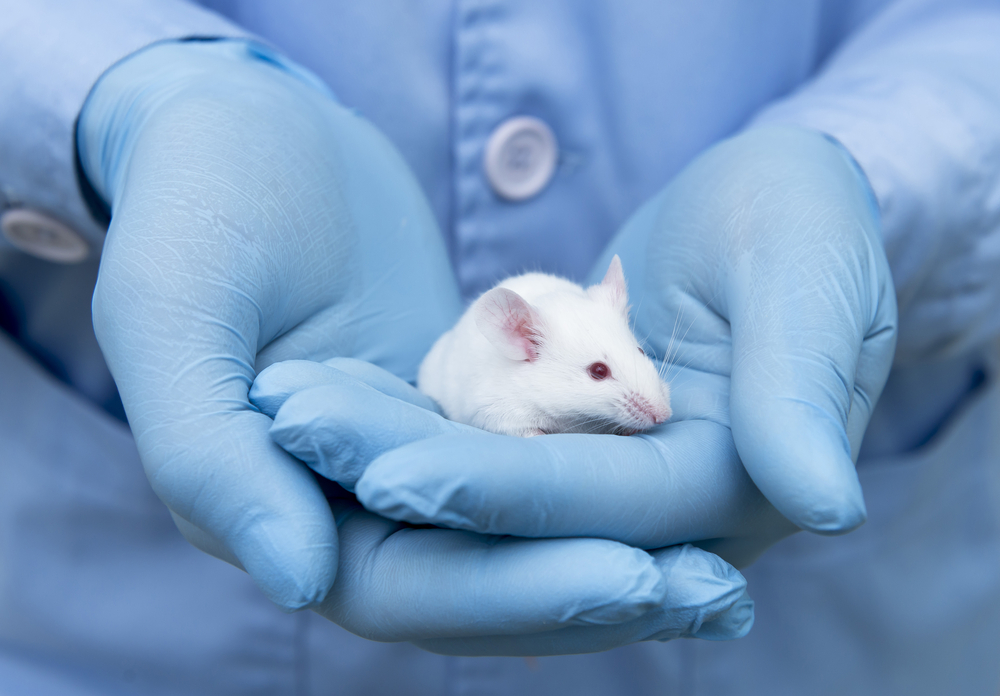Manipulating Brain Cells called Astrocytes May Ease Alzheimer’s Symptoms, Study Finds
Written by |

Manipulating astrocytes — a type of cell in the brain — to deliver a protein that favors the survival of neurons can rescue cognitive function, including memory, in a mouse model of Alzheimer’s disease, a study reports.
The study, “Conditional BDNF delivery from astrocytes rescues memory deficits, spine density and synaptic properties in the 5xFAD mouse model of Alzheimer disease,” was published in the Journal of Neuroscience.
A protein called brain-derived neurotrophic factor, or BDNF, is an important neurotransmitter — substances produced in response to nerve signals that act as chemical messengers — in the brain, and plays a role in both neuron signalling and survival. In fact, a mutation in the BDNF gene has been linked to accelerated loss of memory and cognitive decline in people at risk of developing Alzheimer’s disease.
While BDNF can become a promising therapy to treat Alzheimer’s disease, its administration faces several challenges, including the lack of control to target only the sick tissue and the amount that is released — high doses can do the opposite and induce neuronal death.
Researchers at the University of Barcelona, in Spain, studied BDNF released by astrocytes, a group of star-shaped nerve cells that provide neurons with energy and work as a platform to clean up their waste. Although BDNF is mainly produced by neurons, it is also produced at lower levels by astrocytes.
The researchers first confirmed that BDNF released by astrocytes played a key role in the shape of neurons and in the formation of dendritic spines — small protrusions that emerge from the dendrites (the tree-like branched structures in nerve cells), which is where the vast majority of excitatory synaptic transmissions occur.
Synapses are the junctions between two nerve cells that allow them to communicate. Excitatory and inhibitory signals are the basis of communication between nerve cells in the brain. Excitatory signaling from one nerve cell to the next makes the latter cell more likely to fire an electrical signal. Inhibitory signaling makes that cell less likely to fire.
As a response to neuronal death, the brain of an Alzheimer’s patient reacts by increasing the number of astrocytes, a process called astrogliosis. During this process, a specific gene called glial fibrillary acidic protein (GFAP) is activated.
The researchers reasoned they could use the GFAP gene as a way to control the release of BDNF by astrocytes at the time and place where it is most needed. To test their idea, they generated a mouse model of Alzheimer’s disease and produced the BDNF protein depending on the levels of the GFAP protein.
“With this design, from the moment neuroinflammation and pathology came up, the astrocytes could generate BDNF in the most affected areas of the sick brain. Therefore, the endogen reactions of the brain would regulate BDNF administration depending on the severity of the disease,” Albert Giralt, PhD, the study’s lead author said in a press release.
The results showed that this strategy restored the production and release of BDNF and led to improvements in cognitive tasks in mice with Alzheimer’s compared with healthy controls.
“These results show for the first time that astrocytes, so far regarded as neuronal, can produce BDNF and have the necessary molecular mechanisms to release it in the areas of the diseased tissue which requires activity to favour neuronal survival,” Giralt said.
Most important, the release of BDNF occurred at places where damage existed and where it is most needed.
“The singularity of the design of the experiment enabled the astroglial cells to ‘decide’ when, where and what amount to produce and give BDNF to altered brain tissues,” Giralt added. Therefore, “traits of the patient can mark endogenously and self-regulated the dose and other necessary therapeutic dynamics for a customized treatment.”
These results are encouraging and may help develop a new form of therapy, such as generating astrocytes from induced pluripotent stem cells. These cells can be generated from cells found in the skin, for example, and then transformed to generate almost any type of cell in the body, such as astrocytes.
“One possibility would be to derive induced stem cells from the skin of the patients, and then modify them genetically in vitro to express the BDNF under the GFAP promoter,” Giralt said. “The last step would be to differentiate them and move them to the most altered brain regions of patients to boost survival and proper functioning of the existing neurons.”
Since inflammation is a hallmark of several brain diseases, these findings may also be translated to other neurodegenerative disorders.
“Our objective is, on the one hand, making this therapeutic approach plausible for use in humans, and on the other, present similar approaches for neurodegenerative diseases in which neuroinflammation is a main symptom,” Giralt concluded.





